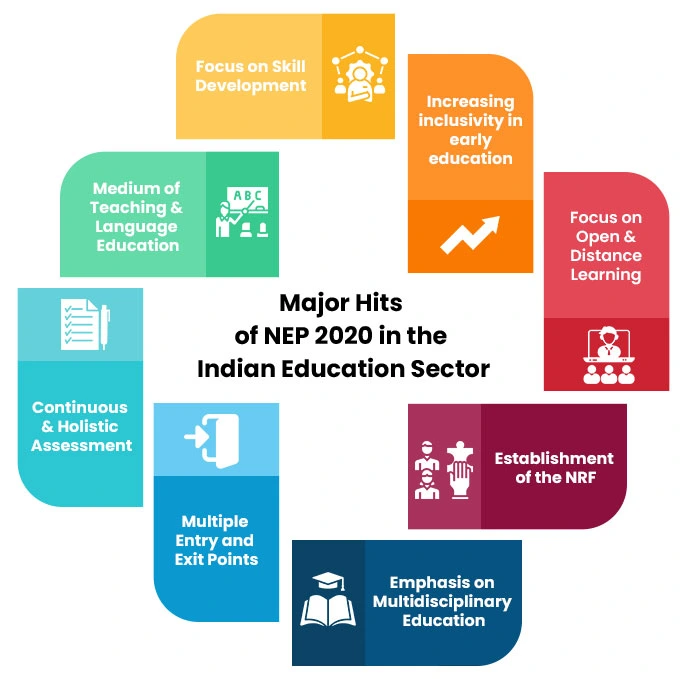Context:
The Supreme Court recently stated that while it can intervene if a state’s action or inaction related to the National Education Policy (NEP) violates any fundamental rights, it cannot issue directions under Article 32 of the Constitution compelling any state to adopt the policy.
Background:
Lawyer G.S. Mani had filed a petition in the Supreme Court , which asked for the implementation of the three-language formula under the National Education Policy (NEP) 2020 in Tamil Nadu, Kerala, and West Bengal. The petition was rejected by the honourable Supreme Court stating:
- States are not legally bound to implement NEP 2020.
- The judiciary cannot override state discretion unless fundamental rights are jeopardized.
- The federal fabric of India requires that national policies respect regional and linguistic diversity.
Implications: Autonomy vs Uniformity:
The Supreme Court's position reiterates the constitutional separation of powers and the division of responsibilities between the Union and State governments. Education is a subject in the Concurrent List, meaning both the Centre and states can make laws on it. However, policy implementation remains voluntary, not mandatory.
About NEP 2020:
National Education Policy 2020 has been announced on 29.07.2020. The National Education Policy 2020 proposes various reforms in school education as well as higher education including technical education.
Salient Features of NEP, 2020
1. Ensuring Universal Access at All Levels of schooling from pre-primary school to Grade 12;
2. Ensuring quality early childhood care and education for all children between 3-6 years;
3. New Curricular and Pedagogical Structure (5+3+3+4);
4. Establishing National Mission on Foundational Literacy and Numeracy;
5. Emphasis on promoting multilingualism and Indian languages; The medium of instruction until at least Grade 5, but preferably till Grade 8 and beyond, will be the home language/mother tongue/local language/regional language.
6. Setting up of a new National Assessment Centre, PARAKH (Performance Assessment, Review, and Analysis of Knowledge for Holistic Development);
7. Equitable and inclusive education - Special emphasis given on Socially and Economically Disadvantaged Groups (SEDGs);
8. Increasing Gross Enrolment Ratio in higher education to 50%;
9. NTA to offer Common Entrance Exam for Admission to HEIs;
10. Establishment of Academic Bank of Credit;
11. Setting up of National Research Foundation (NRF);
12. Expansion of open and distance learning to increase Gross Enrolment Ratio (GER).
Conclusion:
The Supreme Court's stance on the NEP underscores the complexities of governance in a pluralistic and federal democracy like India. While the NEP aspires to modernize and standardize education across the country, its success depends on inclusive dialogue, flexibility in implementation, and state cooperation.
The ruling acts as a crucial reminder that in a democracy, policy reform must be pursued through consensus and cooperation, not compulsion. As India moves forward with educational reform, the emphasis must be on ensuring that innovation does not come at the cost of inclusion, and progress does not override plurality.







